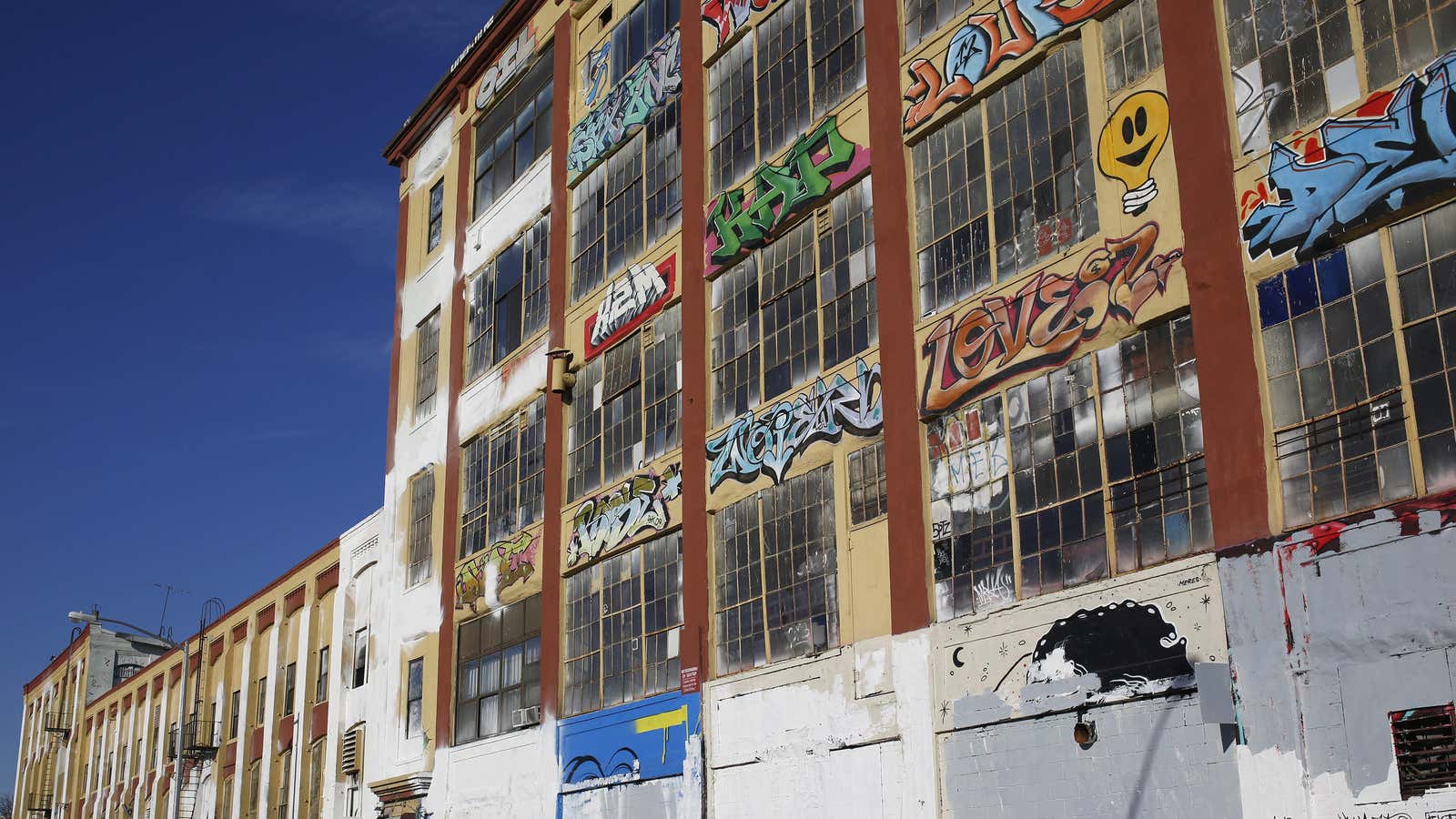It’s a victory of law-abiding artists over insolent developers. In a landmark decision, a court has ordered the New York City real estate developer Jerry Wolkoff to pay $6.7 million to 21 graffiti artists whose work he whitewashed from his buildings in Queens in 2013.
The case is of particular interest to street art lovers everywhere because it involves the famed “United Nations of graffiti” in Queens, New York called 5Pointz. The mecca for the world’s most prominent street artists has been demolished and turned to luxury condos. This is the first time that graffiti writers—once considered a scourge upon cities, but now increasingly lauded as artists—won a lawsuit based on the Visual Artists Rights Act of 1990 (VARA), which bestows artists certain rights to their work regardless of who owns it or where it’s installed.
Judge Frederic Block of the US District Court of Eastern New York upheld the jury recommendation this week and granted the maximum damages for the 45 works that were “wrongfully and willfully destroyed” when Wolkoff whitewashed his buildings, covering the artwork.
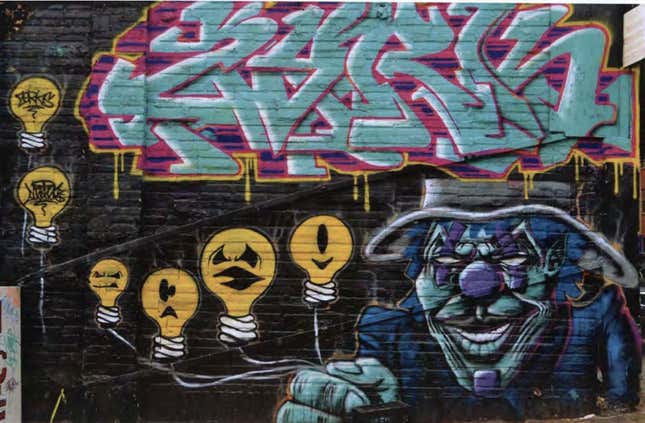
Aerosol artist Jonathan Cohen (a.k.a. Meres One) told the New York local news channel PIX11 that he’s “grateful that the art form is truly recognized as an art.” Cohen led the lawsuit against Wolkoff’s company, which had granted artists permission to tag and paint at the vacant property, visible from the subway, in 1993. “We’re super grateful for landowners who let us paint. We think there should be a better dialogue between the two [parties] and this will hopefully strengthen it down the line,” said Cohen, best known for his series of expressive lightbulbs called “The Bright Idea.”
Citing Wolkoff’s “insolence” and “precipitous conduct” Block penalized the developer for needlessly painting over the walls overnight, with no notice to the artists, months before the buildings were scheduled for demolition.
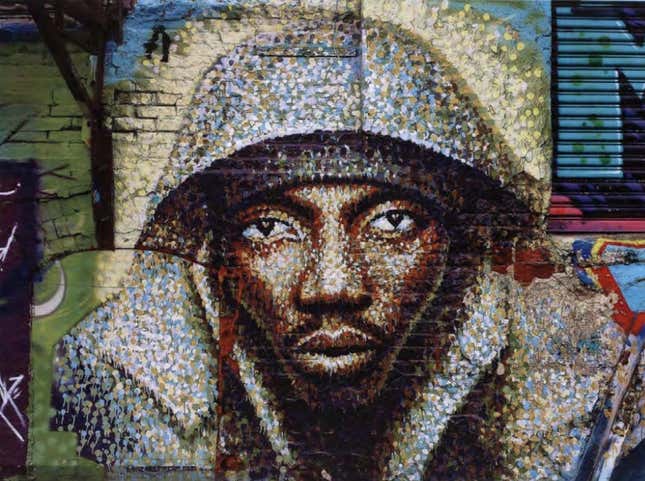
But Wolkoff argued that it was his right to do what he wants with property he owned. “I decided—I alone decided—to hire people to whitewash it in one shot instead of waiting for three months and them going to do something irrational again and getting arrested,” he testified. “I will go and end it and whitewash it. I decided to do that. It was pretty much a spur-of-the-moment thing.”
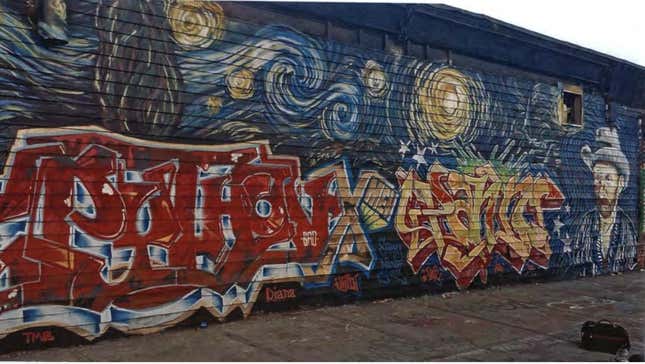
The artists argued that they could have salvaged their work as had been done with sections of the Berlin Wall. In stark contrast to Wolkoff’s brassy behavior, the court made note that the artists “conducted themselves with dignity, maturity, respect, and at all times within the law.” Wolkoff says he plans to appeal the decision.
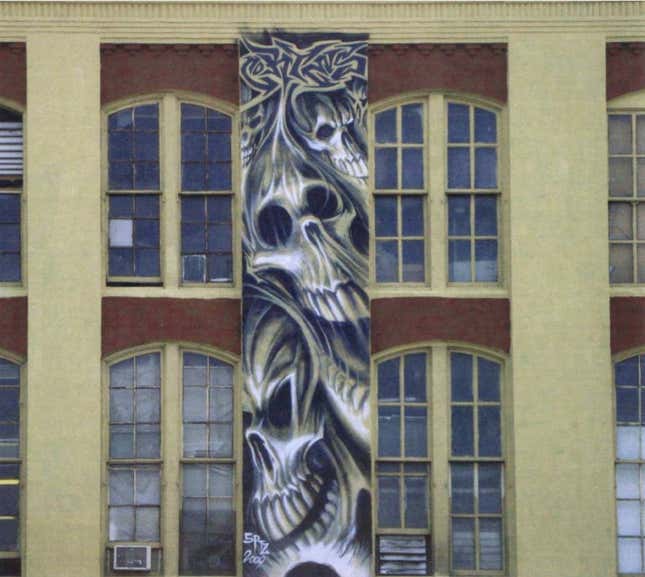
Graffiti artists and building owners are often at odds. As well as the colorful “pieces” that many admire as art, tags can also be an expensive nuisance to clean off walls. In some cases, however, the owners and the artists develop something of a symbiotic relationship. In exchange for free public showcase for the street art, real estate owners have sometimes seen interest in abandoned properties rise. In the case of 5Pointz, big brands, fashion shoots, and movie productions have paid Wolkoff to use the walls as a colorful urban backdrop.
These days many developers—including the owners of the new high-rise condos on 5Pointz’s former site—hire street artists to make their property an instant neighborhood landmark. A 2016 study by the University of Warwick suggests that property values rose once street artists begin painting on walls. For instance, the art blog Widewalls reports that the value of a modest house in Bristol increased by £150,000 ($219,150) because of a painting by the artist Banksy on its wall.
